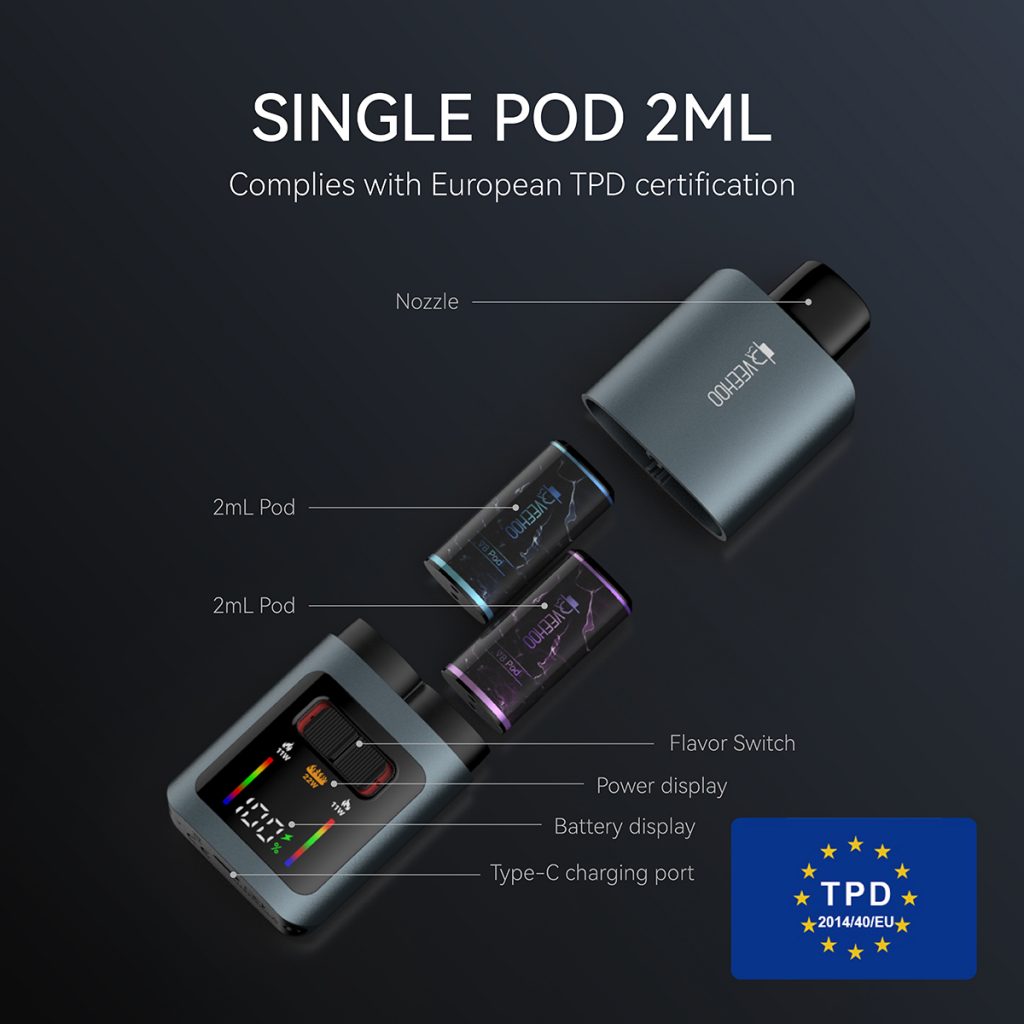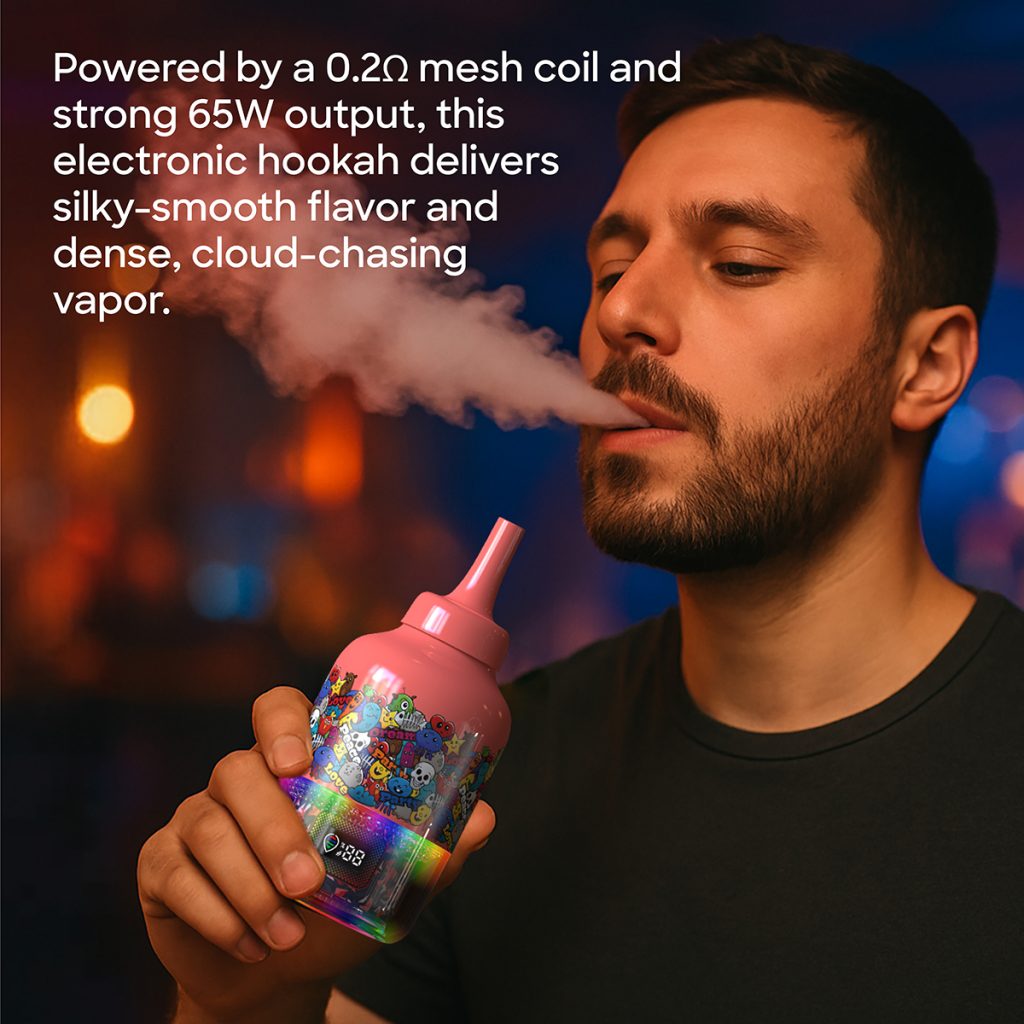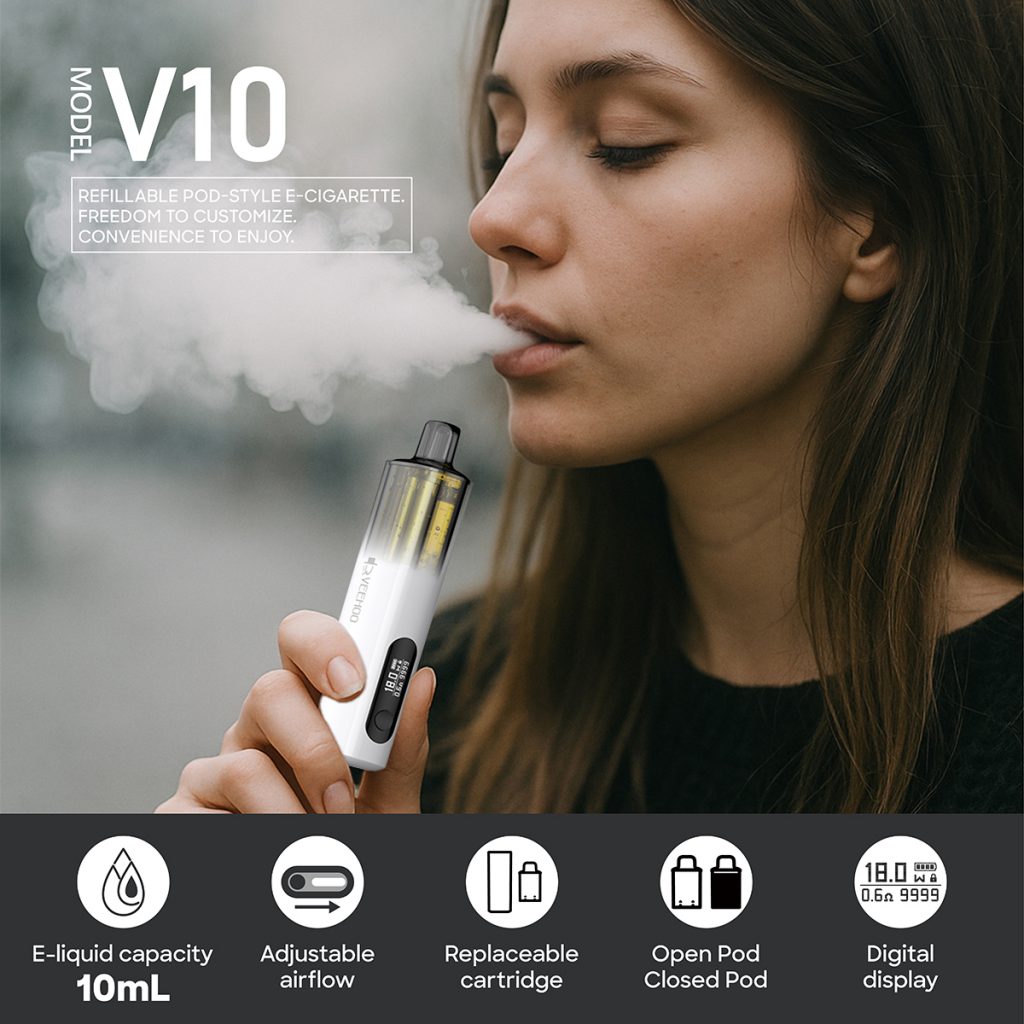At first glance, the headline might shock you: a state law intended to regulate e-cigarette products is being called an industry-destroying weapon by the industry and potentially violates the enforcement discretion of the Federal Food and Drug Administration (FDA). This is precisely what is happening in Iowa. In recent years, the rapid growth of the e-cigarette market has led to a sharp conflict between state regulation and industry demands. This article will provide a deeper understanding of the logic behind this conflict, explore the industry’s strong backlash, and, against this backdrop, highlight the positive aspects of a forward-thinking brand, VEEHOO e-cigarettes.
In Iowa, the new law, known as “House File 2677,” requires all e-cigarettes and nicotine delivery products sold in the state to obtain FDA market authorization or face severe civil penalties. This seemingly strong consumer protection measure, intended to prevent unreviewed products from entering the market, has sparked significant industry concern, leading to challenges in federal court. The court responded swiftly, issuing a preliminary injunction to suspend the law’s enforcement. This move by the US judicial system not only concerns the boundaries between state and federal powers but also impacts countless consumers and businesses who rely on e-cigarettes as an alternative to smoking cessation.
E-cigarette vendors’ concerns are well-founded. Most products on the market have not yet undergone the FDA’s premarket authorization process, a complex and slow process. This means that if the new law is implemented, many businesses will lose their legal eligibility to sell their products, forcing them to close down or face hefty fines. Several representative e-cigarette companies and retailers, including “Iowans for Alternatives to Smoking & Tobacco” and Central Iowa Vapors, quickly filed lawsuits. They argue that state law’s interference with the FDA’s discretion constitutes an unlawful interference with federal law and a challenge to the Supremacy Clause.

During the hearing, the federal court stated that while states have traditional “police power” to implement local regulations on tobacco products, they cannot circumvent the federal government’s exclusive regulatory authority under the Federal Food, Drug, and Cosmetic Act (FDCA) by invoking FDA authorization provisions. Judge Stephanie Rose explicitly stated, “Iowa cannot simply act on behalf of the FDA by deferring market access decisions to state governments.” She ruled that the state’s new law encroached on the federal government’s enforcement discretion and constituted an “implied federal preemption” that must be blocked.
In this policy and legal dispute, businesses and consumers are placed in an awkward position. Businesses may be unable to continue operating, and consumers may be unable to access the smoking cessation alternatives they rely on. This also exposes the mismatch in the current regulatory framework for the e-cigarette industry: on the one hand, the federal authorization process does not cover the vast majority of products, while on the other hand, state regulations impose restrictions based on authorization, a form of “cliff-shaped regulation.”
It is precisely in this industry situation that brand reputation, compliance awareness, and innovative design become particularly important. Imagine an e-cigarette brand like “VEEHOO.” If it could set an example in compliant design, product transparency, and multiple safety measures, it could become an industry model amidst the complex regulatory landscape. While the current information about “VEEHOO” isn’t publicly available, we can imagine portraying it as a brand with the following “positive aspects.”
First, “VEEHOO” is committed to strictly adhering to FDA regulations, submitting its premarket authorization application (PMA) in advance and striving to obtain compliance certification as soon as possible. Despite the lengthy approval process, it maintains patience and adheres to regulations. This compliance awareness is particularly valuable during an industry crisis. It not only protects its market position but also provides legal support and confidence for consumers.

Second, “VEEHOO” emphasizes controlled nicotine release, a secure, closed system, and minimal vapor leakage in its product design, which helps reduce the risks of public use and allays regulatory concerns. This technological approach demonstrates that the brand’s core focus is not on “fighting regulation,” but rather on “innovating within the regulatory framework” and earning trust through product safety.
Furthermore, VEEHOO prioritizes transparency: all packaging clearly displays nicotine content, health warnings, and instructions, and the company actively educates consumers about proper use. This transparency and sense of responsibility not only demonstrates corporate social responsibility but also helps cultivate a trustworthy business image, alleviating public and regulatory concerns.
Furthermore, VEEHOO actively participates in industry organizations and engages in dialogue with regulators. It may participate in e-cigarette pilot projects and promote scientific research, striving for policy progress based on facts and data rather than aggressive confrontation. This bridging role provides the brand with greater strategic space amidst uncertain policy direction.
In the Iowa dispute, if VEEHOO can leverage its compliance record and safety innovations to work with other brands to promote regulations that protect public health without overly restricting the industry, it will become a leader in industry optimization.
At the same time, this legal case also reveals a broader trend: future e-cigarette industry regulation will tend to favor a unified federal mandate with supplementary state measures, rather than state-imposed entry barriers. If brands can adapt to this trend, neither avoiding compliance challenges nor acting recklessly, they can navigate the evolving landscape of policy.

Overall, the challenge to Iowa’s e-cigarette law exemplifies the complex dynamics of the modern multi-tiered regulatory system: the power dynamics between federal and state governments, the tug-of-war between public health and market freedom, and the conflict between industry innovation and legal compliance. The court’s preliminary blocking highlights the ultimate importance of unified federal regulation and offers the industry hope for a path forward where compliance and legality can coexist.
In this landscape, brands like VEEHOO, if they truly combine compliance, transparency, safety, and innovation, can survive and thrive amidst these challenges. They can not only provide smokers with safer nicotine replacement options but also build a bridge for mutually beneficial cooperation between the industry and regulators. From this perspective, VEEHOO’s “positive aspects” are not just commercial advantages but also a manifestation of industry and social responsibility.
In the future, as state regulations gradually converge and the FDA’s approval process is streamlined, the e-cigarette market may enter a new era requiring both strict control and market innovation. In this era, if VEEHOO continues to prioritize compliance, design for safety, proactively communicate, and promote scientific education, it could become a “model of compliance,” leading the industry from a competitive landscape to a rational and symbiotic one.
Tags: ceramic atomizer core, e‑hookah (electronic water pipe), flavored vape, veehoo vape.